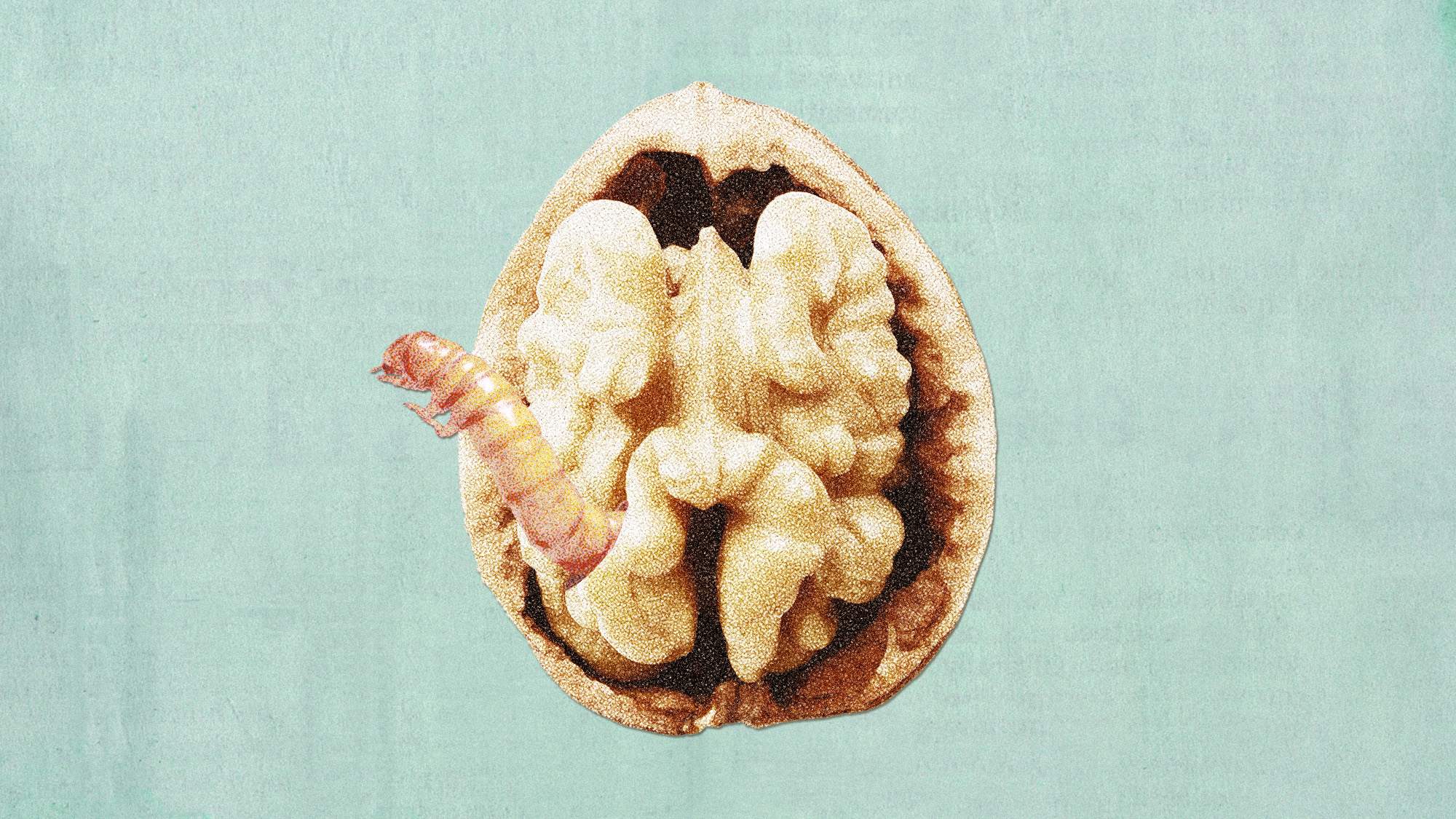Discovered: A way to delay menopause... forever?
A groundbreaking ovary transplant could allow women to have children much later in life — potentially several decades later

For many women, the ticking of your biological clock can be incredibly stressful. But here's some good news: An international team of researchers presenting at the European Society for Human Reproduction and Embryology in Istanbul this week have pioneered a technique that puts menopause on hold indefinitely, allowing women to put off having children till much later in life. Here, a concise guide to the groundbreaking procedure:
Why would women want to delay menopause?
If your period marks the official start of "your usefulness as a baby vessel," consider menopause "the long, slow death wail of your fertility," says Cassie Murdoch at Jezebel. But "a woman born today has a 50 percent chance of living to 100." says Dr. Sherman Silber, who has performed the new procedure on 11 women in St. Louis. "That means they are going to be spending half of their lives post-menopause." But now, this procedure gives a woman more time to focus on her career, become financially stable, and perhaps most importantly, allows her to start a family when she chooses to.
The Week
Escape your echo chamber. Get the facts behind the news, plus analysis from multiple perspectives.

Sign up for The Week's Free Newsletters
From our morning news briefing to a weekly Good News Newsletter, get the best of The Week delivered directly to your inbox.
From our morning news briefing to a weekly Good News Newsletter, get the best of The Week delivered directly to your inbox.
How does the technique work?
By removing a piece of a woman's ovary, storing it away "on ice," then delicately transplanting it back many years later. The newly attached sample of youthful ovary tissue acts as a sort of rejuvenating catalyst that makes the entire ovary defy its real age and function like a much younger organ. Such ovary transplants have reportedly led to the births of 28 babies. Better yet, most of the children were conceived naturally — without the need for in vitro fertilization (IVF) drugs.
How much time does the procedure buy?
Theoretically, a woman could have kids well into old age, as long as she's physically able to carry a baby to term. "You could have grafts removed as a young women and then have the first replaced as you approach menopausal age," says Dr. Silber. "You could then put a slice back every decade." So far, transplants carried out eight years ago are still working. "It's really fantastic," he says. "We didn't expect a little piece of ovarian tissue to last this long."
A free daily email with the biggest news stories of the day – and the best features from TheWeek.com
Are there any side effects?
Yes, both positive and negative. First, the good: Women can avoid the "increased risk of osteoporosis and heart disease that come with the end of their fertile life," says Stephen Adams at Britain's Telegraph. But there are also downsides: The technique may raise a woman's risk of breast and womb cancer due to having higher estrogen levels later in life.
When could the technique be widely employed?
Though it's an "exciting development as a fertility treatment," more carefully balanced data is necessary before it can be offered as a true alternative to hormone replacement therapy, gynecologist Tim Hillard tells the Telegraph. Such a time could be "10 or 15 years away."
Sources: Jezebel, Red Orbit, Telegraph, Today Online
-
 The elite falcon trade in the Middle East
The elite falcon trade in the Middle EastUnder the Radar Popularity of the birds of prey has been ‘soaring’ despite doubts over the legality of sourcing and concerns for animal welfare
-
 A running list of the international figures Donald Trump has pardoned
A running list of the international figures Donald Trump has pardonedin depth The president has grown bolder in flexing executive clemency powers beyond national borders
-
 Mixed nuts: RFK Jr.’s new nutrition guidelines receive uneven reviews
Mixed nuts: RFK Jr.’s new nutrition guidelines receive uneven reviewsTalking Points The guidelines emphasize red meat and full-fat dairy